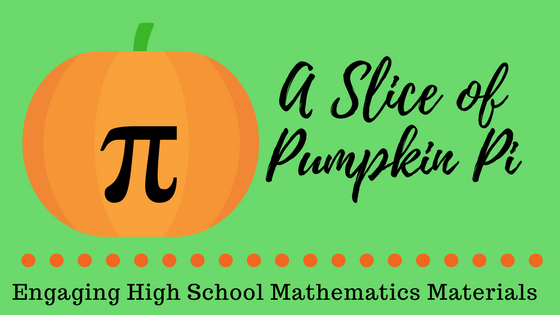High School Math is my jam. I'm comfortable with it. I studied it in college. Some might even say I'm not bad at it! However, this year I deviated and am at an elementary school with a seriously misleading title of "Instructional Specialist." Some of my new responsibilities include testing coordinator, computer lab dweller, teaching English to ELLs, and 3rd grade math and reading interventionist (but not at the same time). I have been immersed in a world of "bubble mouths," sight words, and place value charts.
My 3rd grade reading intervention group is working on the first 100 sight words, so I stumbled across an "I have/Who has" game. I fell in love! So of course I had to make my own. And they had to have a theme. And that theme was dinosaurs. I was both pleased and surprised that my students were suddenly so interested in sight word practice. Naturally, I had to make a contest out of it. If they could get through the chain of 24 words in under a minute and 30 seconds, I would bring them in a treat. After three weeks, they have succeeded!
The pro: They want cupcakes so I get to have cupcakes on Friday!
The con: They want cupcakes so I have to frantically make my way to the Walmart Bakery on Friday at 8:07 am.
Here is a low-quality picture of a few of my cards I made... AND LAMINATED!
For those of you unaware, here is a summary of "I have/Who has?"
1. Each student gets a card. I had a small group so in my case, each student got six cards.
2. Someone has the "beginning" card, so cleverly labeled "start here!"
3. They read the card, which then ends with "who has..." and then a word.
4. All students listen to see if they have their word. The student who does have the word reads their card.
5. This chain continues until the end card, which reads something along the lines of "the end."
6. Copious amounts of learning occur.
My stint in an elementary school is over halfway over, but I'm excited to bring this sort of practice into an Algebra class next year!
And you can download these cards
here for your own personal collection!
Wishing a happy rest of the week to everybody!









